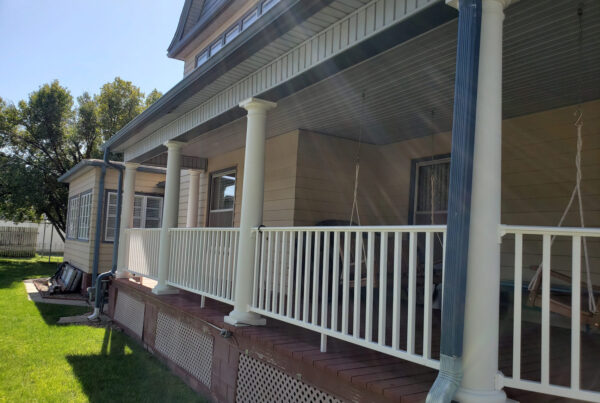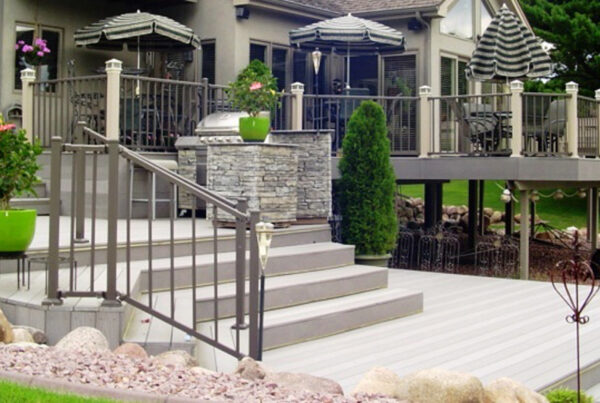
Leadership in Energy and Environmental Design (LEED) certification is a globally recognized symbol of sustainability achievement and leadership. This certification, offered by the U.S. Green Building Council (USGBC), provides a framework for healthy, highly efficient, and cost-saving green buildings. This guide will walk you through the LEED certification process, its various levels, and the benefits it offers.
What is LEED Certification?
LEED certification is a prestigious designation awarded to buildings that meet specific sustainability and environmental performance standards. It encompasses various aspects of building design, construction, operation, and maintenance to promote eco-friendly and energy-efficient practices.
The LEED Certification Process
Achieving LEED certification involves several steps:
- Registration
- Register your project with the USGBC through their online platform, LEED Online. This involves providing basic project information and paying a registration fee.
- Prepare for Certification
- Assemble a project team, including LEED-accredited professionals, architects, engineers, and other stakeholders.
- Identify the LEED rating system that applies to your project (e.g., LEED for Building Design and Construction, LEED for Interior Design and Construction, etc.).
- Documentation and Implementation
- Implement sustainable practices and strategies throughout the project.
- Collect and compile documentation that demonstrates compliance with LEED requirements. This includes site plans, material specifications, energy models, and more.
- Submission for Review
- Submit your documentation to the USGBC for review. This process typically involves multiple rounds of review and may require additional information or clarification.
- Certification Decision
- Based on the review, the USGBC will award points for each LEED category. The total points determine the certification level achieved.
- If successful, the project receives LEED certification, which includes a plaque and the right to use the LEED logo.
LEED Certification Levels
LEED certification is awarded at four levels, depending on the number of points earned:
- Certified (40-49 points)
- This level recognizes basic sustainable practices and achievements.
- Silver (50-59 points)
- A step up from Certified, Silver certification indicates a higher commitment to sustainability.
- Gold (60-79 points)
- Gold certification is awarded to projects that demonstrate substantial sustainability performance.
- Platinum (80+ points)
- The highest level of certification, Platinum, represents exceptional sustainability and environmental stewardship.
Benefits of LEED Certification
- Environmental Impact
- LEED-certified buildings are designed to reduce energy and water consumption, minimize waste, and lower greenhouse gas emissions, contributing positively to the environment.
- Cost Savings
- Energy-efficient designs and operations result in significant cost savings on utility bills and maintenance. Over time, these savings can offset the initial investment in sustainable building practices.
- Health and Well-being
- LEED-certified buildings often incorporate superior indoor air quality, natural lighting, and non-toxic materials, enhancing the health and well-being of occupants.
- Marketability and Value
- LEED certification enhances a building’s marketability and can increase property value. It signifies a commitment to sustainability that appeals to environmentally conscious buyers and tenants.
- Regulatory Compliance and Incentives
- Many jurisdictions offer incentives, such as tax breaks and grants, for LEED-certified buildings. Additionally, these buildings are often better positioned to comply with evolving environmental regulations.
- Community and Social Responsibility
- Pursuing LEED certification demonstrates a commitment to corporate social responsibility and community well-being. It sets a positive example and can inspire others to adopt sustainable practices.
Conclusion
LEED certification is a powerful tool for advancing sustainability in the built environment. By understanding the process, levels, and benefits of LEED certification, building owners and developers can make informed decisions that positively impact the environment, enhance occupant well-being, and achieve long-term cost savings. For more information on sustainable building practices and high-quality materials, visit Sherwood Lumber’s website and explore our resources.
By committing to LEED certification, you are not only improving your building’s performance but also contributing to a more sustainable and resilient future.









